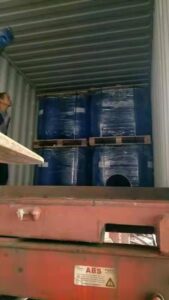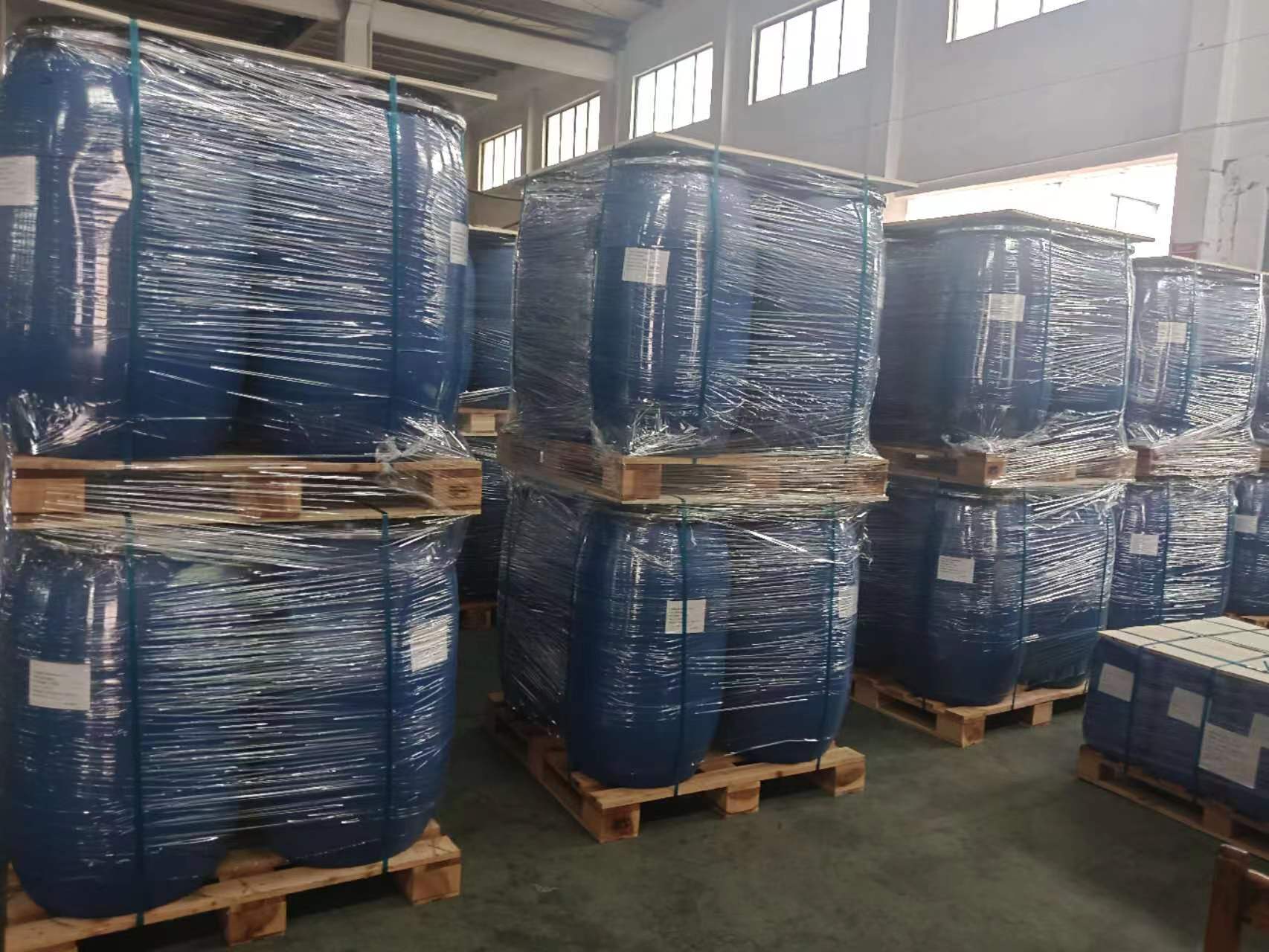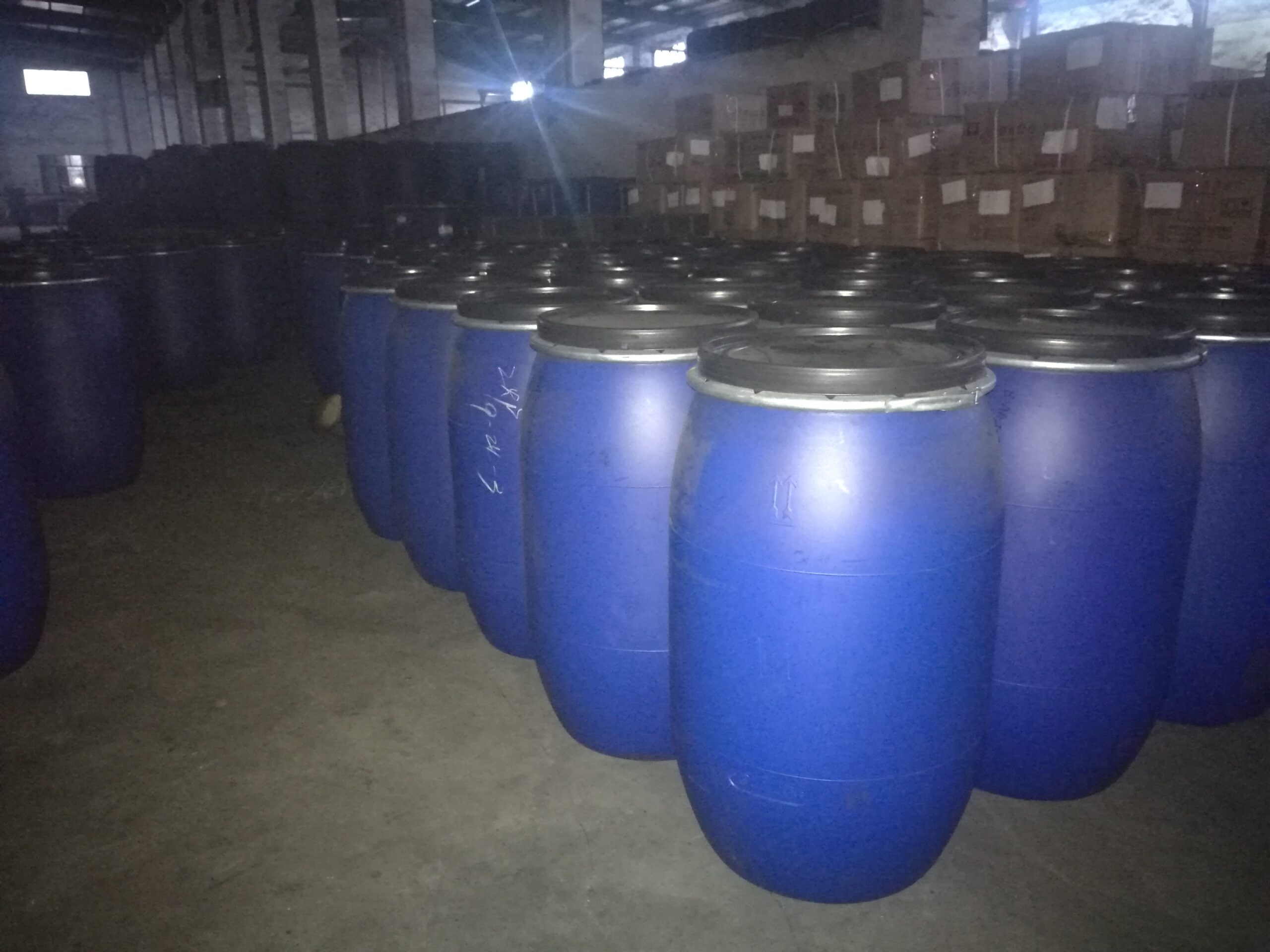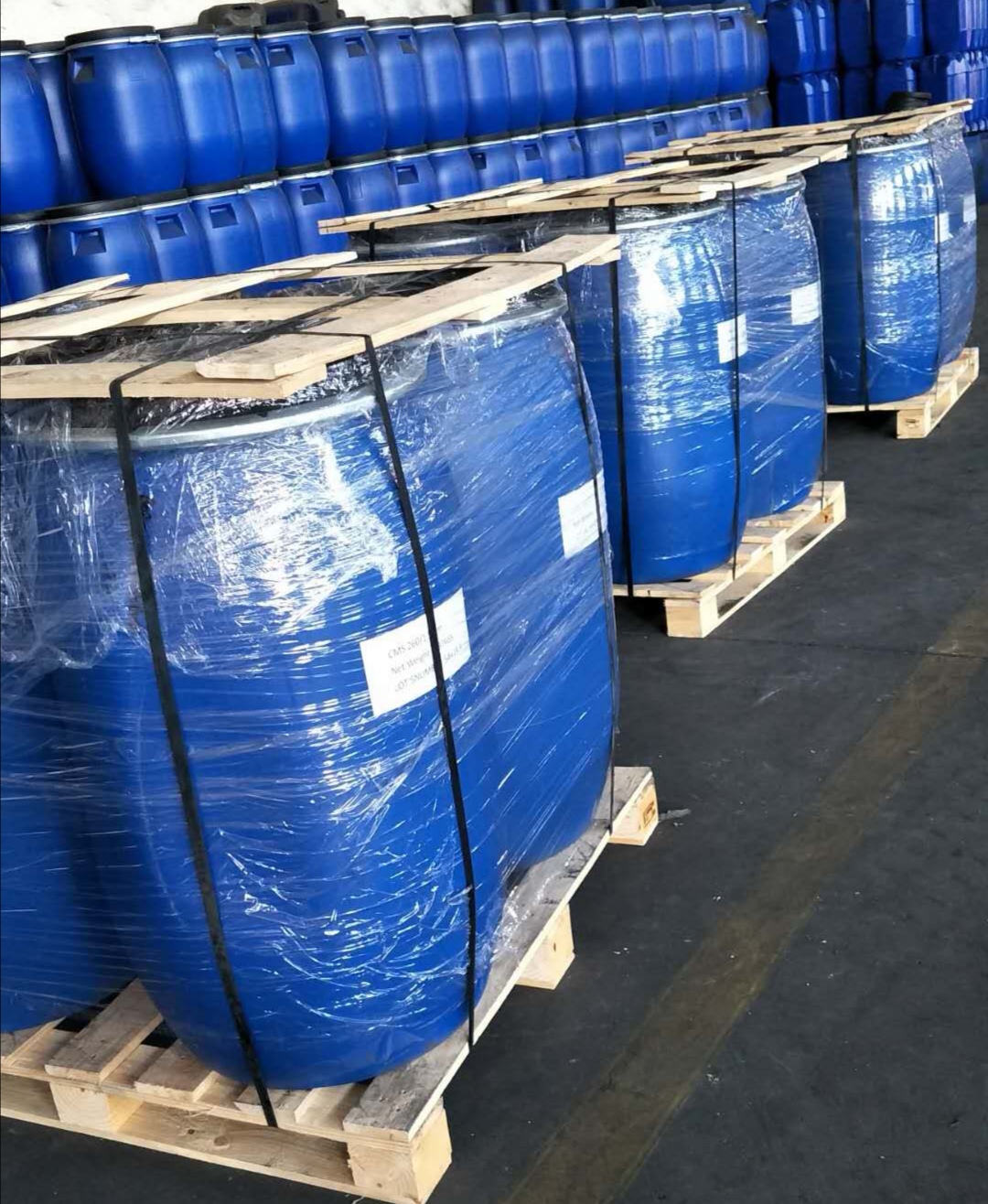Comprehensive Analysis of the Air-to-Nitrogen Ratio of Carbon Molecular Sieves
I. Overview of the Air-to-Nitrogen Ratio in Nitrogen Generators
What is the Air-to-Nitrogen Ratio?
The air-to-nitrogen ratio in a nitrogen generator refers to the ratio of the volume of air required to produce one cubic meter of nitrogen to the volume of nitrogen produced. This is an important parameter for evaluating the performance of a nitrogen generator. The lower the air-to-nitrogen ratio, the better the performance of the equipment. Generally, the air-to-nitrogen ratio of a nitrogen generator is between 3:1 and 5:1, but the specific value is affected by various factors such as the type of equipment, operating parameters, and the quality of the raw air. The “air-to-nitrogen ratio” of a nitrogen production system is an important indicator for measuring the production efficiency of PSA air separation equipment, as it reflects the efficiency of extracting nitrogen from the air; the lower the “air-to-nitrogen ratio”, the higher the production efficiency of the equipment. Almost all manufacturers are constantly researching and innovating to improve the “air-to-nitrogen ratio”.
II. Principle of PSA Nitrogen Generators and the Air-to-Nitrogen Ratio
PSA nitrogen generators mainly use pressure swing adsorption (PSA) technology. The working principle is to preferentially adsorb oxygen in the air using a specific adsorbent (such as carbon molecular sieves) under pressure, thereby enriching nitrogen. Under high pressure, oxygen in the air is rapidly adsorbed, while nitrogen, due to its lower diffusion rate, is not adsorbed and separated. Subsequently, the adsorbent is regenerated by reducing the pressure, allowing for its reuse. The air-to-nitrogen ratio of PSA nitrogen generators is usually higher, but the equipment is simple in structure and easy to operate, making it suitable for small and medium-sized nitrogen demand scenarios.
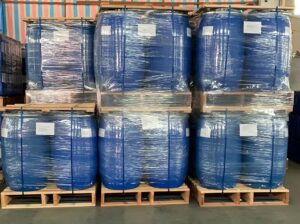
III. Principle of Membrane Nitrogen Generators and the Air-to-Nitrogen Ratio
Membrane nitrogen generators separate oxygen and nitrogen in the air by utilizing the selective permeation principle of gas membranes to obtain high-purity nitrogen. The working principle involves compressing air with an air compressor, followed by filtration and removal of moisture and other pretreatment steps before entering the membrane separator. In the membrane separator, oxygen and nitrogen have different permeation rates, allowing for gas separation. Membrane nitrogen generators have the advantages of low energy consumption, simple operation, and small footprint, with a relatively low air-to-nitrogen ratio, usually below 4:1. Therefore, membrane nitrogen generators have been widely used in many fields.
IV. Factors Affecting the “Air-to-Nitrogen Ratio” in PSA Nitrogen Systems
There are multiple factors that affect the “air-to-nitrogen ratio”, including the performance of carbon molecular sieves, nitrogen purity, adsorption pressure and cycle, PSA adsorption process design, etc. Let’s discuss how each of these factors influences the “air-to-nitrogen ratio”:
1. Performance of Carbon Molecular Sieves: Carbon molecular sieves are the core component of PSA nitrogen systems, and their performance directly affects the “air-to-nitrogen ratio”. Higher performance carbon molecular sieves result in higher nitrogen recovery rates and purity, directly improving the equipment’s “air-to-nitrogen ratio”. Special attention should be paid to the proper and standardized filling of carbon molecular sieves to prevent performance degradation during the filling process.
2. Nitrogen Purity: The purity of nitrogen is usually determined by customer requirements. Higher purity requirements mean more air is needed, thus increasing the system’s “air-to-nitrogen ratio”.
3. Adsorption Pressure and Cycle: Adjusting the adsorption pressure and cycle affects the output efficiency of nitrogen, thereby influencing the “air-to-nitrogen ratio”. Reasonable pressure and cycle settings can reduce the “air-to-nitrogen ratio” value. This is also one of the directions for many manufacturers to optimize the “air-to-nitrogen ratio”.
4. Quality of Raw Air: The impurities and moisture content in the air can also affect the “air-to-nitrogen ratio”.
5. PSA Adsorption Process Design: Optimizing the process flow and equipment structure design of the PSA nitrogen system can reduce gas losses and improve the overall system efficiency. This is also a key direction for optimizing the “air-to-nitrogen ratio”.
6. Additionally, as the equipment operates over time, the “air-to-nitrogen ratio” of the system will increase; this is because the performance of carbon molecular sieves gradually declines with usage time. However, good quality carbon molecular sieves and excellent process design can slow down the rate of performance decline, so there is no need to be overly concerned. 6. Finally, good operating conditions and regular inspection and maintenance work are equally important; they can ensure the efficient operation of the equipment and slow down the increase of the “air-to-nitrogen ratio”.
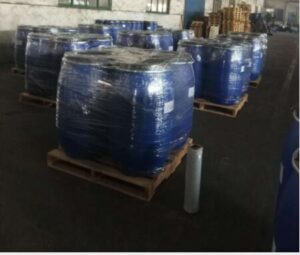
IV. What are the impacts of the air-to-nitrogen ratio on nitrogen generators?
1. Impact on nitrogen purity
When the air-to-nitrogen ratio is unreasonable, the purity of nitrogen will be significantly affected. If the air volume is relatively excessive, that is, the air-to-nitrogen ratio is too large, the adsorbent may be overloaded during the adsorption separation process. This means that the adsorbent cannot fully adsorb other gas components in the air except nitrogen (such as oxygen, carbon dioxide, etc.), thereby reducing the purity of the produced nitrogen. Conversely, if the air-to-nitrogen ratio is too small and the air volume is insufficient, the adsorption capacity of the adsorbent may not be fully utilized, and it may also cause instability in the nitrogen generation process, which may affect the purity of nitrogen.
2. Impact on the stability of equipment operation
An unreasonable air-to-nitrogen ratio will affect the stability of the nitrogen generator. Large fluctuations in the air-to-nitrogen ratio may cause instability in parameters such as pressure and temperature inside the adsorption tower. A sudden increase in the air volume may cause a sudden increase in the pressure inside the adsorption tower, which may damage the equipment structure and affect the service life of valves, pipelines and other components. Long-term operation in an unstable state may also cause faults in the control system, increasing the maintenance cost and downtime of the equipment.
In conclusion, the air-to-nitrogen ratio is an important indicator for measuring the performance of nitrogen generators. Different types of nitrogen generators have different working principles and air-to-nitrogen ratio ranges. Different application fields have different requirements for nitrogen purity and air-to-nitrogen ratio. In fields with high purity requirements such as food packaging, medicine and electronics, a lower air-to-nitrogen ratio may be needed to ensure that the quality of the obtained nitrogen meets the requirements.
When choosing a nitrogen generator, factors such as equipment type, performance and cost should be comprehensively considered based on actual needs and application scenarios. With the continuous development of technology, future nitrogen generation technology will become more intelligent and efficient, creating more value for enterprises.
